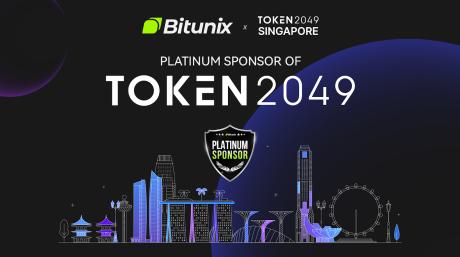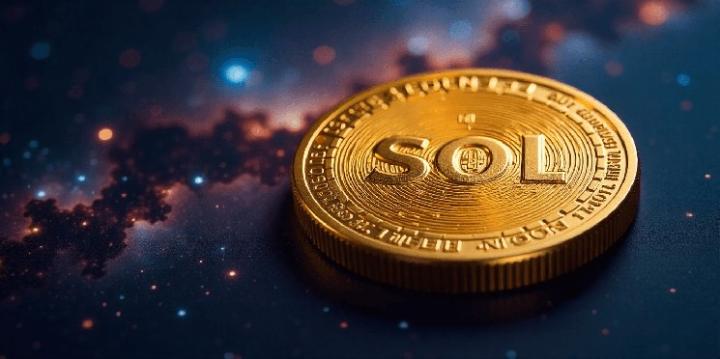World Liberty Financial’s community is lining up behind a proposal to route all fees from the project’s protocol-owned liquidity into open-market purchases of WLFI that are then permanently destroyed.
If approved, the POL-fee burn would run continuously. This means that fees accrue to treasury-owned LP positions, then are swapped for WLFI on the open market. Next, the purchased tokens are sent to a burn address, reducing circulating supply and, in theory, increasing each remaining token’s claim on future protocol activity.
Burns would be executed and disclosed onchain, and the program could later expand to other protocol revenue streams, the proposal states. Fees earned by community or third-party LPs are unaffected.
With a week left in the vote, support stands at 99.57% in favor, 0.09% against, and 0.34% abstaining, according to the project’s governance portal.
WLFI is the native token of World Liberty Financial, a decentralized finance project publicly backed by members of the Trump family. The protocol presents itself as a bridge between traditional finance and on-chain markets, featuring a fully reserved USD 1 stablecoin and treasury-style operations. Earlier community votes cleared the way for WLFI trading and explored buyback mechanisms tied to broader protocol income, as World Liberty builds out exchanges, payments, and DeFi integrations.
The buyback-and-burn push follows World Liberty’s token launch this month and adds to a wave of protocol revenue recycling across crypto.
Protocols like Hyperliquid, Solana launchpad, Pump.fun, and Raydium have spent nearly $400 million in cumulative buybacks since mid-June, The Block’s data dashboard shows. It’s part of a broader shift by DeFi venues to use cash flows for supply reduction rather than pure emissions.
WLFI’s latest governance move would formalize a similar mechanism focused on fees generated by the protocol’s own liquidity positions on Ethereum, BNB Chain, and Solana. According to The Block's price page, the Trump-backed crypto has slipped almost 40% from its all-time high logged shortly after a Sept. 1 debut.







